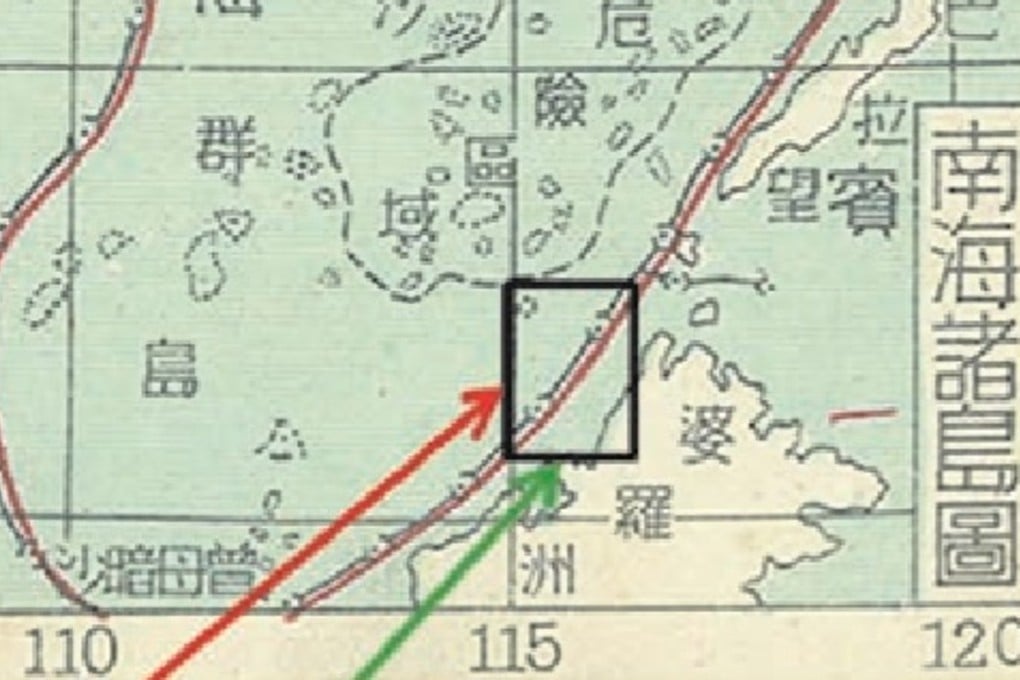China’s claims in South China Sea ‘proposed by continuous boundary for the first time’
Joining of the nine-dash line by scientists is based partly on 1951 map that ‘furthers the certainty of China’s seas’

Researchers are proposing a new boundary in the South China Sea that they say will help the study of natural science while potentially adding weight to China’s claims over the disputed waters, according to a senior scientist involved in the government-funded project.
The new boundary will help to define more clearly China’s claims in the contested region, but it is not clear whether or when it will be officially adopted by Beijing, the scientist said.
A precise continuous line will split the Gulf of Tonkin between China and Vietnam, go south into waters claimed by Malaysia, take a U-turn to the north along the west coast of the Philippines and finish at the southeast of Taiwan.
For decades, China’s sovereign claim in the South China Sea has been murky, in large part because of the use of a segmented, vaguely located borderline known as the ‘nine-dash line’.
A United Nations tribunal ruled in July 2016 that China had no legal basis to claim the area within the dash lines. One reason for China losing the case was that it could not define the territory precisely.
However, analysts said Beijing was unlikely to officially change the nine-dash line any time soon, in the face of potential international opposition.